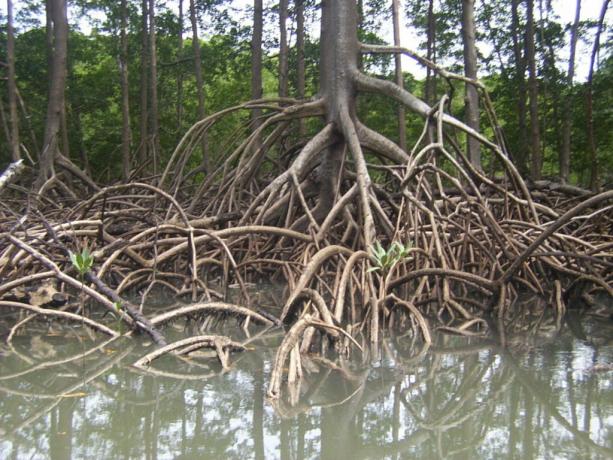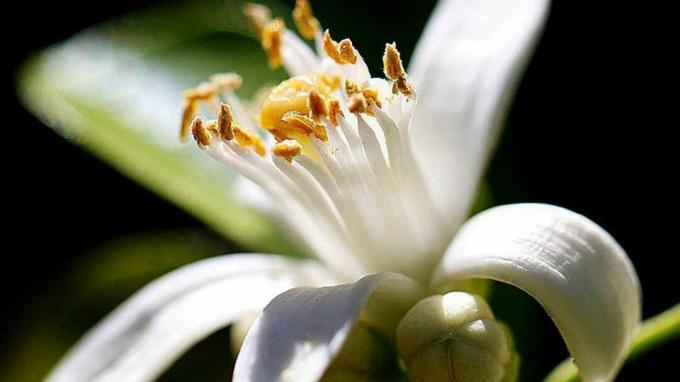At plants are living beings belonging to Kingdom Plante, known as Kingdom of Vegetables. They are very important for the existence of our planet just as it is today, and they are also fundamental for our life.
Because of this, they have all this importance, as in addition to being formed by several cells and being a source of food indispensable for many living things, they are responsible for photosynthesis, the way they get their food and return oxygen for the atmosphere.
Thus, these beings that are so important to our life are provided with unique characteristics, with parts that perform different functions, having different parts responsible for breathing, feeding, growing, reproduction, etc. Observe and learn about the different plant parts and wanted are their respective functions.
Index
- parts of plants
- roots
- Stalk
- Sheets
- Flowers
- fruits
parts of plants
Just as the human body has organs and members with different functions and all are important for the functioning of the body as a whole, in plants it is no different. With this, each part is important for your survival. So, basically they are composed of
roots, leaves, stems, flowers and fruits.Also, plants are different from each other with different levels of complexity. Thus, some plants may not contain all the constituent elements described above.
An example is moss that does not have flowers, fruits or seeds. Thus, it is interesting to know the differences and each part of plants, knowing their functions to better understand their organisms.
roots

At roots they are essential for plant fixation, as in aquatic places where floating plants use their roots to settle on the slope or river bottom.
Furthermore, when the roots are fully in contact and surrounded by the soil, they are responsible for the absorption of nutrients dispersed in the soil, such as water and mineral salts, essential for the survival of the plant.
Added to this, they act as conductors and reserves of substances. In this way, plants can have different types of roots, being they tuberous, or sucking, or prop-type, aquatic, etc.
Stalk

- Free Online Inclusive Education Course
- Free Online Children's Learning and Toy Library Course
- Free Online Math Games Course in Early Childhood Education
- Free Online Pedagogical Cultural Workshops Course
The stem is basically the plant's support system, but it has other important functions, having conduction tissues, responsible for connecting the leaves to the roots and vice versa.
Thus, mineral salts and water are conducted from the roots to the leaves and the organic matter produced in the leaves is transported inside the stem to the roots. Furthermore, it is in the stem that some plant hormones are produced and can grow close to the ground, without presenting vertical structures.
Some stems can be underground such as potatoes, yams and yams, which are tubers.
Sheets

The leaves are the part responsible for carrying out photosynthesis, the process responsible for the plant's food production. In the leaf there are structures called chloroplasts, which contain chlorophyll, the pigment that gives the leaf its green color and is responsible for absorbing light so that photosynthesis occurs.
However, carrying out this process is not its only role, it also carries out transpiration and breathing, actions that take place due to the presence of stomata, structures that open and close. This is how the plant's temperature control occurs through transpiration and the entry and exit of gases.
Flowers

the flowers are the plant reproductive organs, present only in angiosperms – classification of plants in the most complex and evolved group, holders of fruits that protect the seed.
Its main function is to disperse pollen, which can occur by wind and rain, or also by pollinating agents, such as bees.
fruits

Fruits are the product of the ripening of the flower's ovaries. Furthermore, within the fruit is the seed and so the fruit is responsible for protecting the seed.
Another characteristic of the fruit is the presence of a fleshy tissue that arouses food interest and helps its dispersion through animals that eat it and spread the seeds.
See too:Terrestrial, Aquatic and Aerial Plants
The password has been sent to your email.

